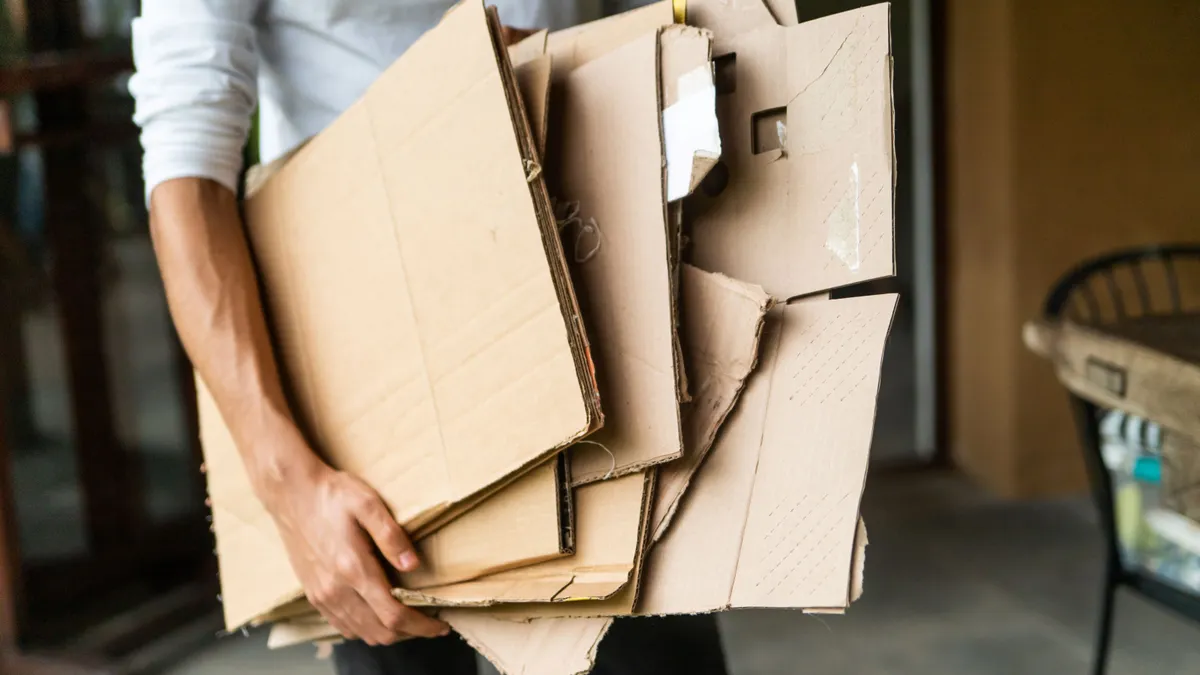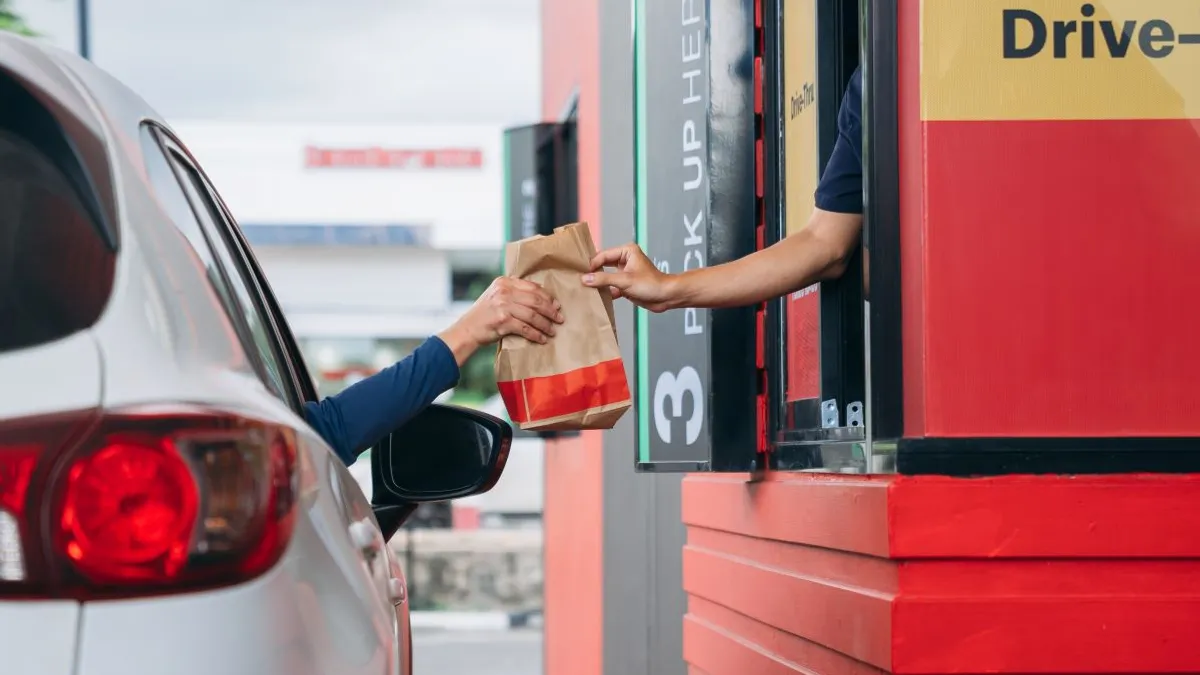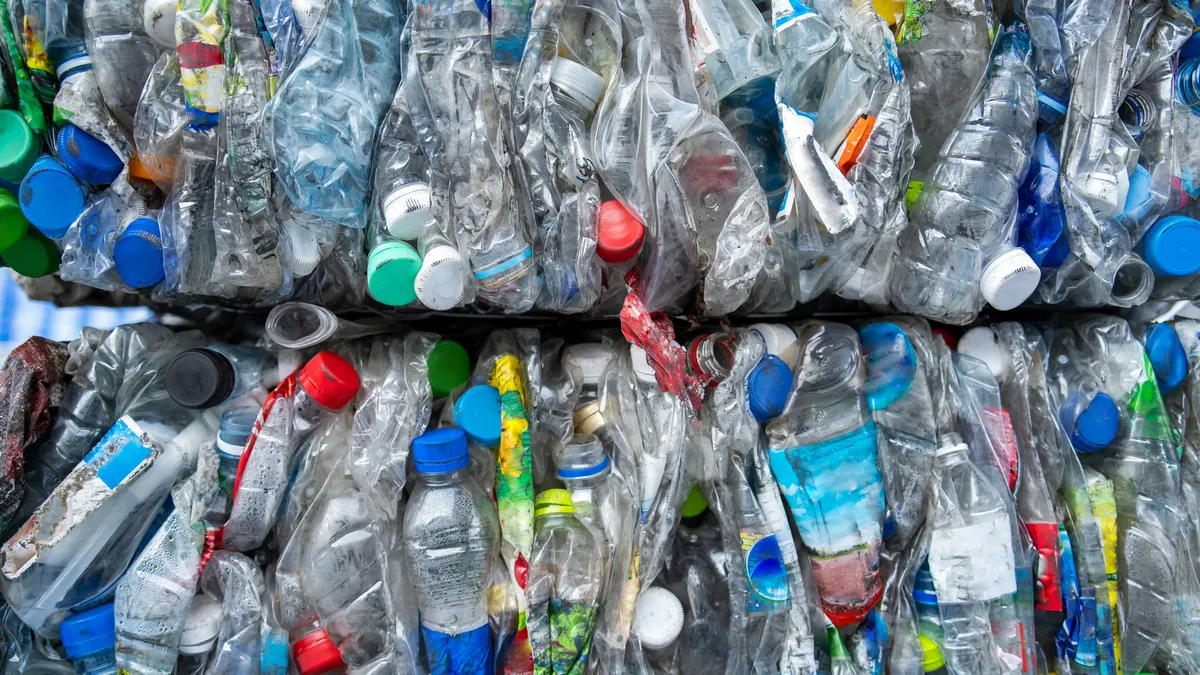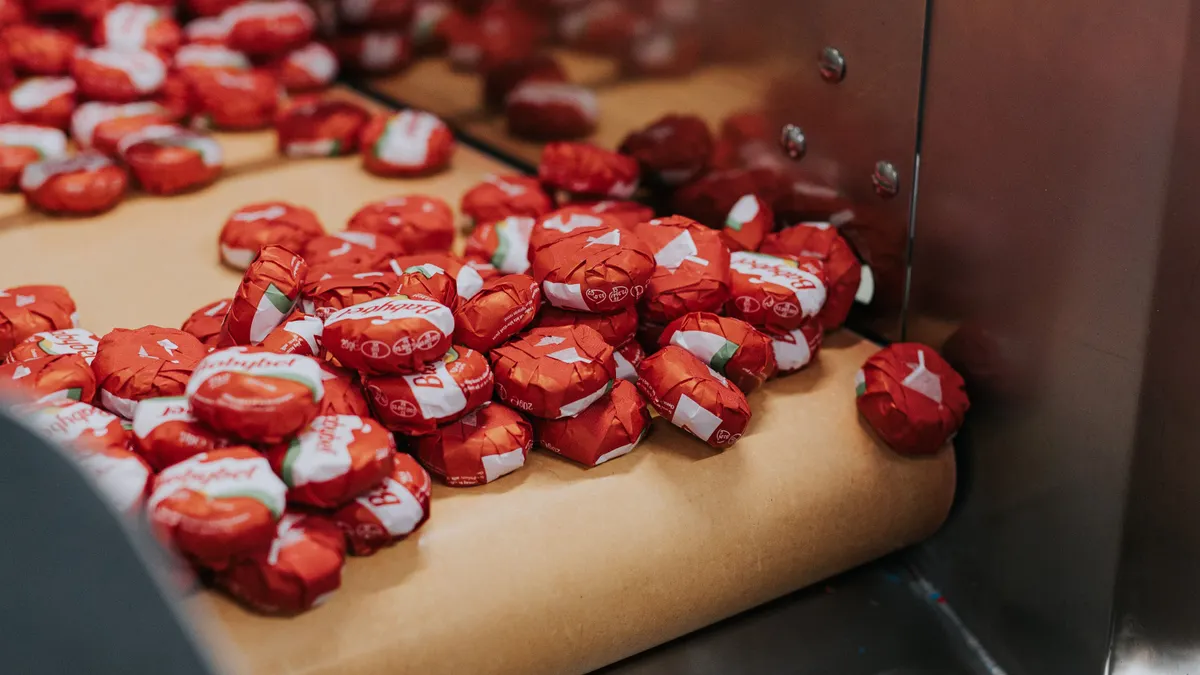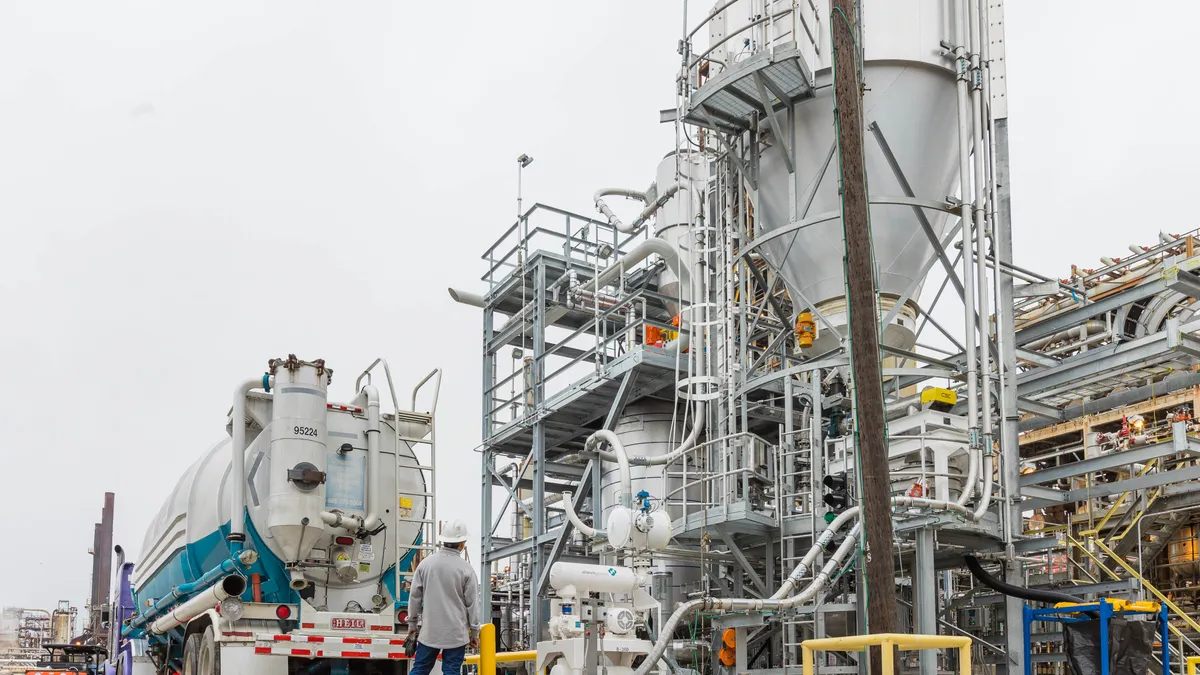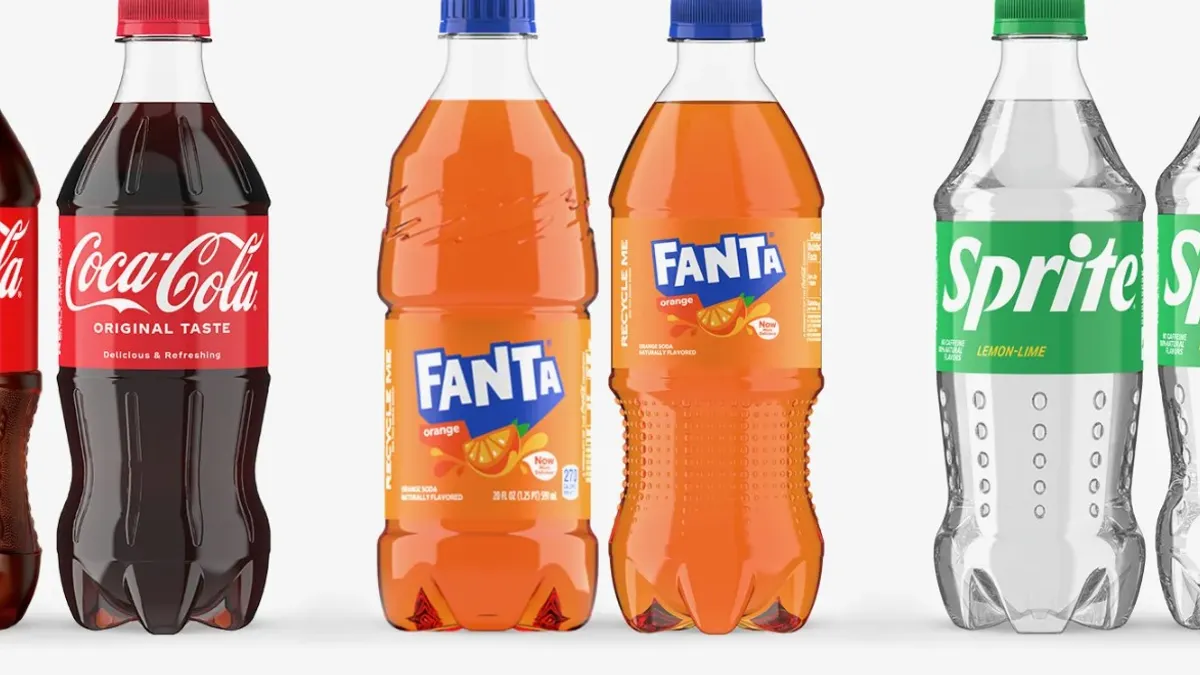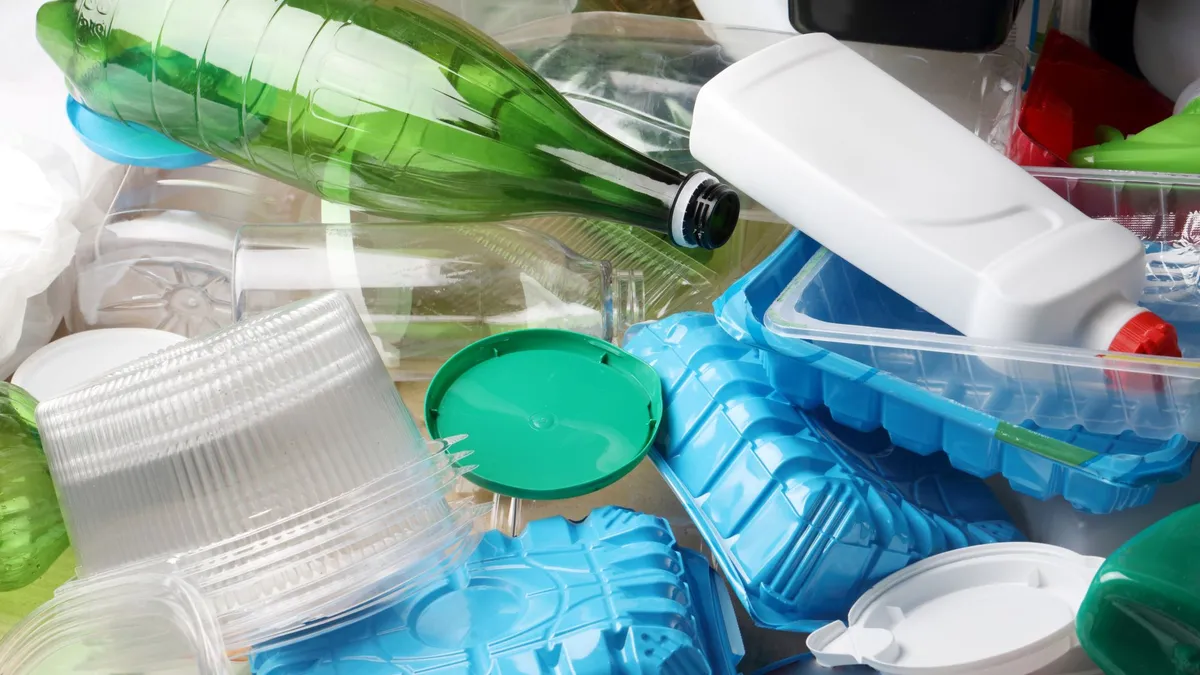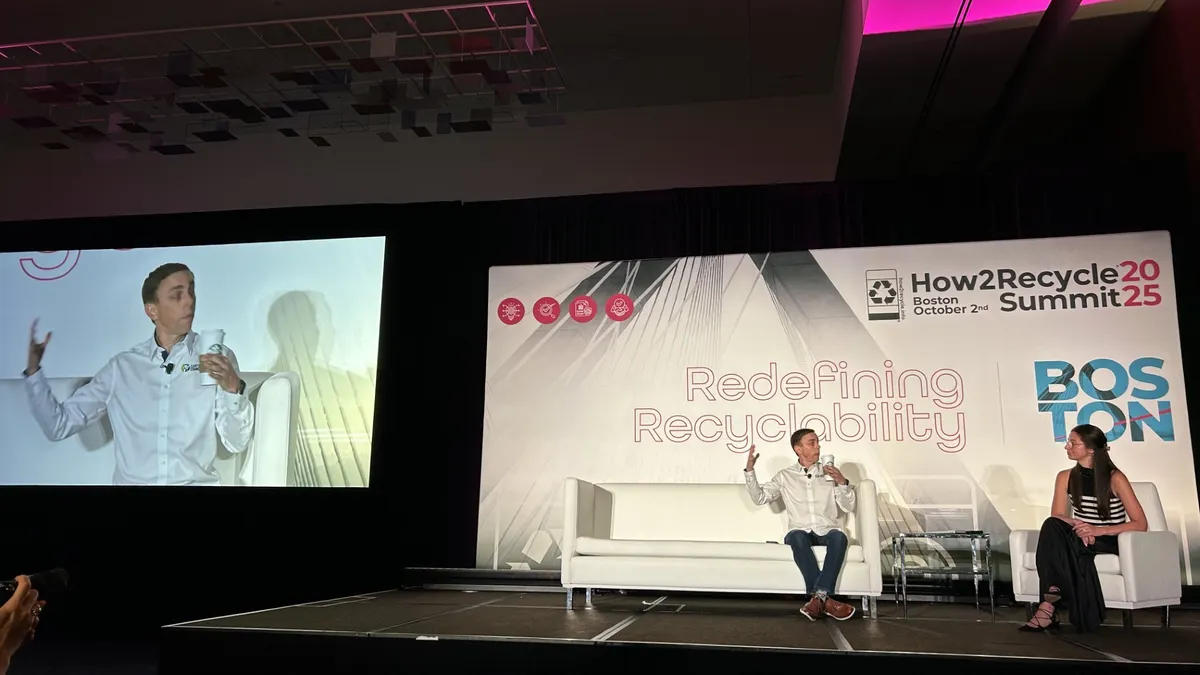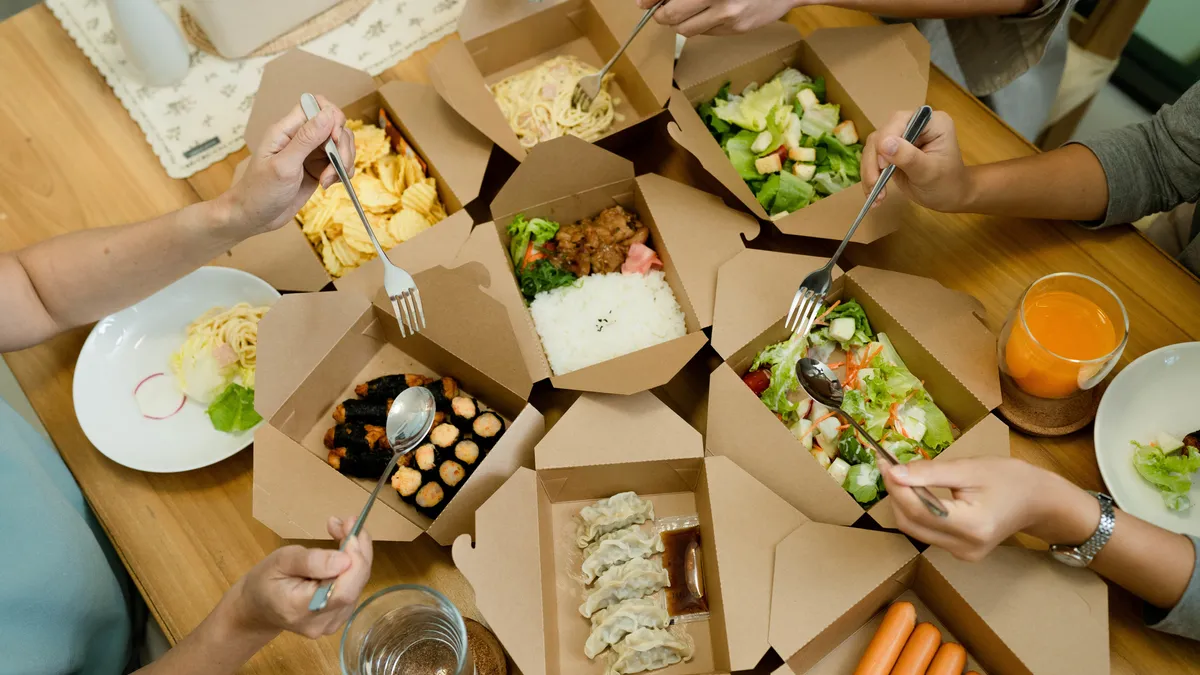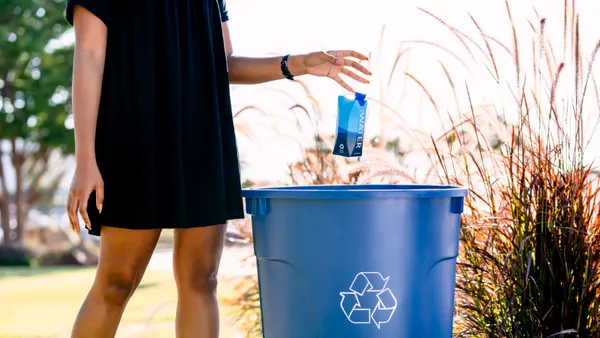Corporate and market changes, and difficulty aligning the shifting priorities between paper and packaging stakeholders, contributed to the recent move to shut down a more than decade-old paper packaging marketing campaign, explained Paper and Packaging Board President Mary Anne Hansan.
“Every referendum, it’s been increasingly more difficult to keep people on board,” Hansan said. “And many times, just like this time, it really has to do [with] what's going on in the economy. The paper market has been contracting for years,” she said.
The Paper and Packaging Board launched in 2014 as a U.S. Department of Agriculture research and promotion program, or so-called “checkoff” program, with an aim of expanding and developing paper-based packaging markets. A group of major manufacturers and importers funded the program through mandatory fees. In July, just 26% of companies voted in favor of continuing the program, meaning it did not receive the necessary majority support.
On the corrugated side, companies are concerned about extended producer responsibility, Hansan said. Additionally, there’s been a lot of leadership turnover from the executives who were in charge when P+PB was developed and launched. “We've had an awful lot of CEO change,” Hansan said.
Domtar, whose president of paper and packaging operations most recently served as P+PB’s chair, said in an emailed statement it’s proud of the collaboration. “While the program is unfortunately discontinued, Domtar will proudly continue the board’s powerful legacy as true papertarians.”
These types of USDA programs require one referendum at least once every seven years. P+PB’s first one was about six and a half years into the program, in 2020, Hansan said. The next one was just a few years later, still during the COVID-19 pandemic, “and people were really nervous about the economy and what was going to happen,” Hansan said. Participants agreed to revisit things in three years.
In 2023, the vote was close, Hansan said, but she wasn’t privy to the actual breakdown, as that’s managed by USDA, she said. Contributing participants can seek a petition if they want another referendum sooner than the rules call for. Hansan said that earlier this year, USDA notified her that it got a request for another referendum.
Pulp and paper company Suzano echoed some recent challenges in an emailed statement.
“In the post-Covid era, it has become more challenging to get companies to fund additional marketing expenditure – a reality the P&PB became exposed to. But the greatest strength was that it encouraged collaboration between senior leaders of paper and packaging companies working towards a common goal of consumer education and industry positioning,” Suzano said in the statement. “Running a successful large-scale media initiative would only have been possible as part of a collective industry group.”
Sustainability became the focal point of P+PB’s messaging in 2021. “There are people who feel sustainability is something that the whole industry can talk about and it's part of our DNA,” Hansan said. “But there are companies who feel like they can differentiate themselves on that with customers.”
P+PB had a $20 million budget in 2025. Some companies paying into the program “felt like our budget just wasn't enough to really do the job they wanted to see,” she said. “They felt like they needed to invest their money in other activities. And some people said, ‘Okay, this worked great, we want to move on to something else.’”
“I have had people say to me, ‘maybe some of these sectors would be better if they did their own thing,’” Hansan said. But part of the purpose of combining paper and packaging in a mandatory program was that it was necessary to have a good funding base, she said.
Suzano said there can still be value in communal marketing. But what shape that could take is not clear.
“The USDA provided a regulated, established framework for the P&PB that allowed the board to represent the industry without violating any anti-trust or anti-competition regulation,” the company said. “Future communal marketing among competitors would need the same third-party support and structure.”
Ads through P+PB’s “Papertarian” campaign will run on streaming TV through the end of September. And websites, including marketing and sales tool kits and other assets, will go dark at the end of October.
Hansan said P+PB has floated some of its programs with other entities to potentially continue them. For example, Hansan noted the possibility of continuing the Box to Nature program, a consumer-focused residential recycling program that involves a special label on boxes, a prospect she said she discussed with the Fibre Box Association. FBA had no comment.
Hansan said it could likely be a few years before the industry really notices potential impacts from the loss of P+PB’s consumer-facing marketing campaign.
“It would probably be three, four, five years before you really felt the lack of presence of a campaign,” Hansan said. “But that's really what our program was always meant to do, is to really reach that consumer who ultimately is driving what packaging customers who use paper packaging do.”
She cautioned that some companies might be so focused on messaging to their customers, that it comes at the expense of communicating with consumers. Meanwhile, other packaging substrates are active in this area, she believes. “The plastics industry is very much talking to consumers,” she said.


